Jim East
- 293 Posts
- 129 Comments

 1·22 hours ago
1·22 hours agoGood to know. Different plants probably have different sensitivities to it also.

 1·2 days ago
1·2 days agoAh. I didn’t want to assume anything about your level of knowledge/experience. Apple trees and most nut trees can take a long time regardless, so time will tell how they perform…

 1·2 days ago
1·2 days agoJust so you know, being planted near black walnut trees also makes things grow slower. But yeah, I imagine that Maine would depress just about any tree…

 2·2 days ago
2·2 days agoDo you know the cultivar name of the plum?
If you want to plant a pear, look out for juniper in the neighborhood. There is a common disease that transfers between these two.
I think that you mean infection, not disease. Disease is not communicable.

 2·2 days ago
2·2 days agoYou have weak/lazy birds. No offence to them. Where I live, we have… advanced birds. They are fully equipped with the biological equivalents of bulletproof vests, haz-mat suits, armoured fighter jets with fully-guided heat-seeking targeting systems, and whatever it is that lets giraffes eat the acacias despite all of the biting ants that live in them. (I’m fine with sharing the fruit, but I don’t really have a choice.)
So you do have the purple figs then?

 4·2 days ago
4·2 days agoDiversification is key to any successful investment strategy.

 1·2 days ago
1·2 days agoDo the birds not eat the figs if you let them ripen fully? Or do your figs not turn purple when they get ripe?

 1·3 days ago
1·3 days agoPro tip: you don’t really need to worry about pathogens. You have an immune system for a reason. Even if your poop compost was somehow colonised by some sort of alien superbacteria that would get inside of you and turn your vital organs into liquid shit, when the compost is fully broken down, they will have no more food, and they will either die off or move elsewhere. At that point, you could eat out of the compost bin if you wanted, and it would be perfectly safe.

 2·4 days ago
2·4 days agoI wonder how long it will take them to figure out that using drinkable water for toilets is ridiculous in the first place. Poop in a bucket, compost it, fertilise the fruit trees. Food security and water security at the same time.

 1·7 days ago
1·7 days agoCool indeed!
I don’t know much about the US, but many places don’t have any of that zoning stuff. Ecuador seems to be famous for the lack of zoning regulations, but I imagine that any tropical rainforest country would probably be similar.
In the US, I remember hearing that some people in Arkansas were able to get away with starting up an intentional community and doing all sorts of permaculture things due to the lax zoning regulations. You might research how Arkansas does things.

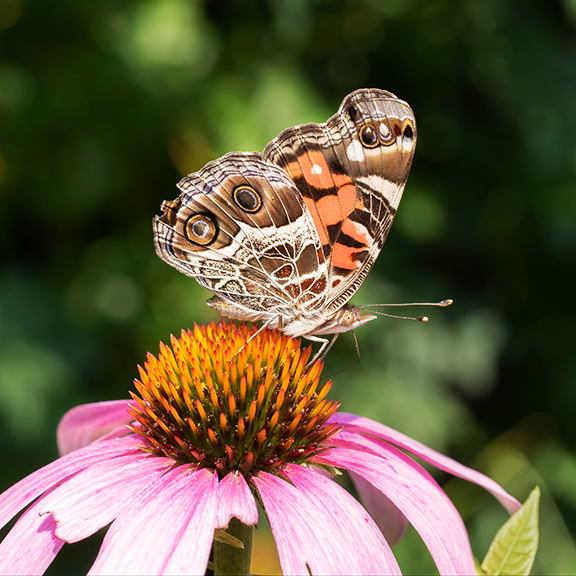 2·8 days ago
2·8 days agoI’ve heard of people eating ferns like that, but I only eat angiosperms myself. What do fiddleheads taste like?

 1·8 days ago
1·8 days ago“The data shows that land stewardship and protection fundamentally shift the carbon storage and emissions dynamics in the Amazon,” Chris Anderson, senior scientist at Planet, told Mongabay in an email interview. Anderson said the data hint at two scenarios that lie ahead for the planet: “one under land stewardship that promotes climate resilience versus one that doesn’t.”
The Amazon needs more people protecting the remaining forest and reforesting areas that have been degraded. Most environmental organisations just ask for money, but without people actually stewarding the land, it’s highly questionable what effect any donations will have in the long term. There are people working on buying up land near a national park in order to expand the area under protection, but they need more people to help, even if only in the form of buying forested land and doing nothing with it or buying pasture land and letting it reforest itself.

 3·8 days ago
3·8 days ago…I can’t argue with that.

 3·8 days ago
3·8 days agoYou don’t. Bamboo is not your friend. Bamboo is not anyone’s friend.

 5·8 days ago
5·8 days agoKill it before it can escape and consume everything that you hold dear. Fire helps. Dynamite is better.

 2·8 days ago
2·8 days agoput out a sucker below the graft
We tell the trees to grow, and they do grow, but just to spite us. (That’s called “malicious compliance.”)
(non-native) purslane species
I don’t think that it matters at this point. Native or not, it really is a useful plant, not only for the garden, but also for those sidewalk cracks where nothing else seems to grow.
I’d be worried about runoff.
You’d only need to prevent the water from spreading it around until it breaks down. If you compost it on a small raised platform with a roof over it, you shouldn’t have much issue. For any minor spillage, you can plant something around the compost platform to absorb it. Once the compost breaks down, runoff would be a concern only due to the loss of hard-earned nutrients, which you could also reduce with vegetation and mulch.
I’d also like to do some cover crops and chop-and-drop this fall for mulch.
I’ve heard that buckwheat can work as a winter cover crop, though I’ve never actually seen it done. Do you have any Acer negundo popping up? That would probably be choppable and droppable, though more suitable as mulch for the fruit trees than the garden beds. If you have any Elaeagnus umbellata in your area, you could cut it down for woody mulch as well, but I don’t recommend planting it. For mulching the garden beds, some large herbaceous plant probably makes more sense, but I don’t know the cold-climate equivalent of banana, and the closest things to Tithonia diversifolia probably wouldn’t grow back very well. I do NOT recommend grass.
As an honourable mention… Robinia pseudoacacia is another potential source of woody mulch, but it’s probably the nuclear option. I don’t know if there are any cow pastures or old copper mines near you, but if so, then this could probably reforest them if you let it grow up to produce seeds. The neighbour’s lawn wouldn’t stand a chance. If it isn’t already growing in your area, exercise extreme caution. This plant is not a toy.

 4·9 days ago
4·9 days ago…I don’t know how to tell you this.
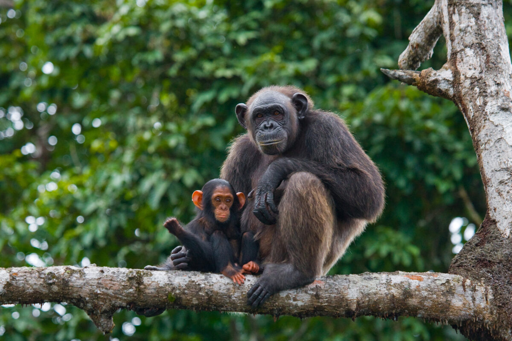

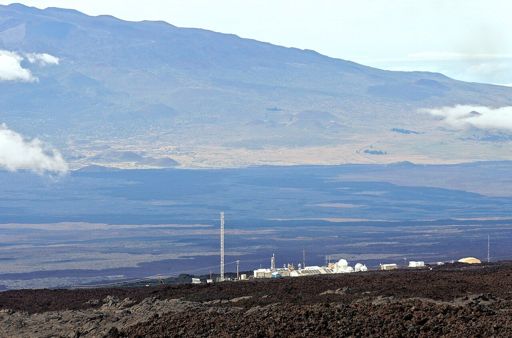
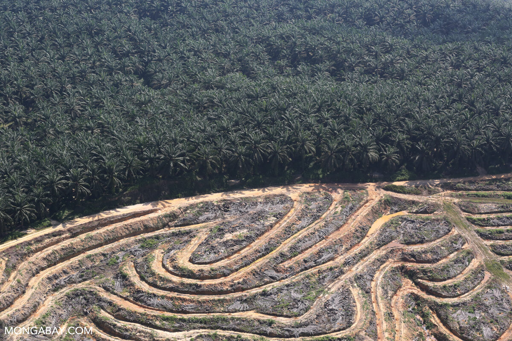




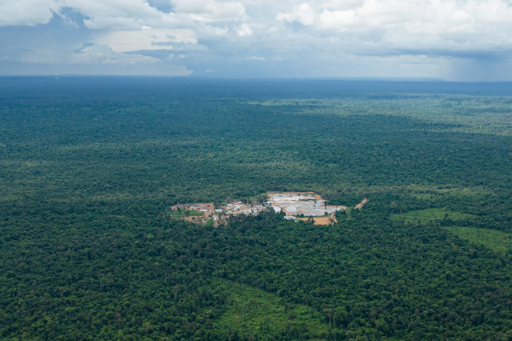
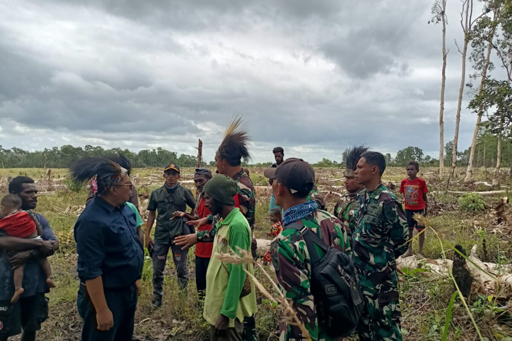
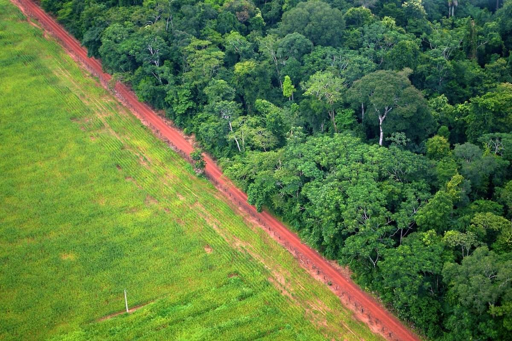

And the tree doesn’t get too big and out of control?